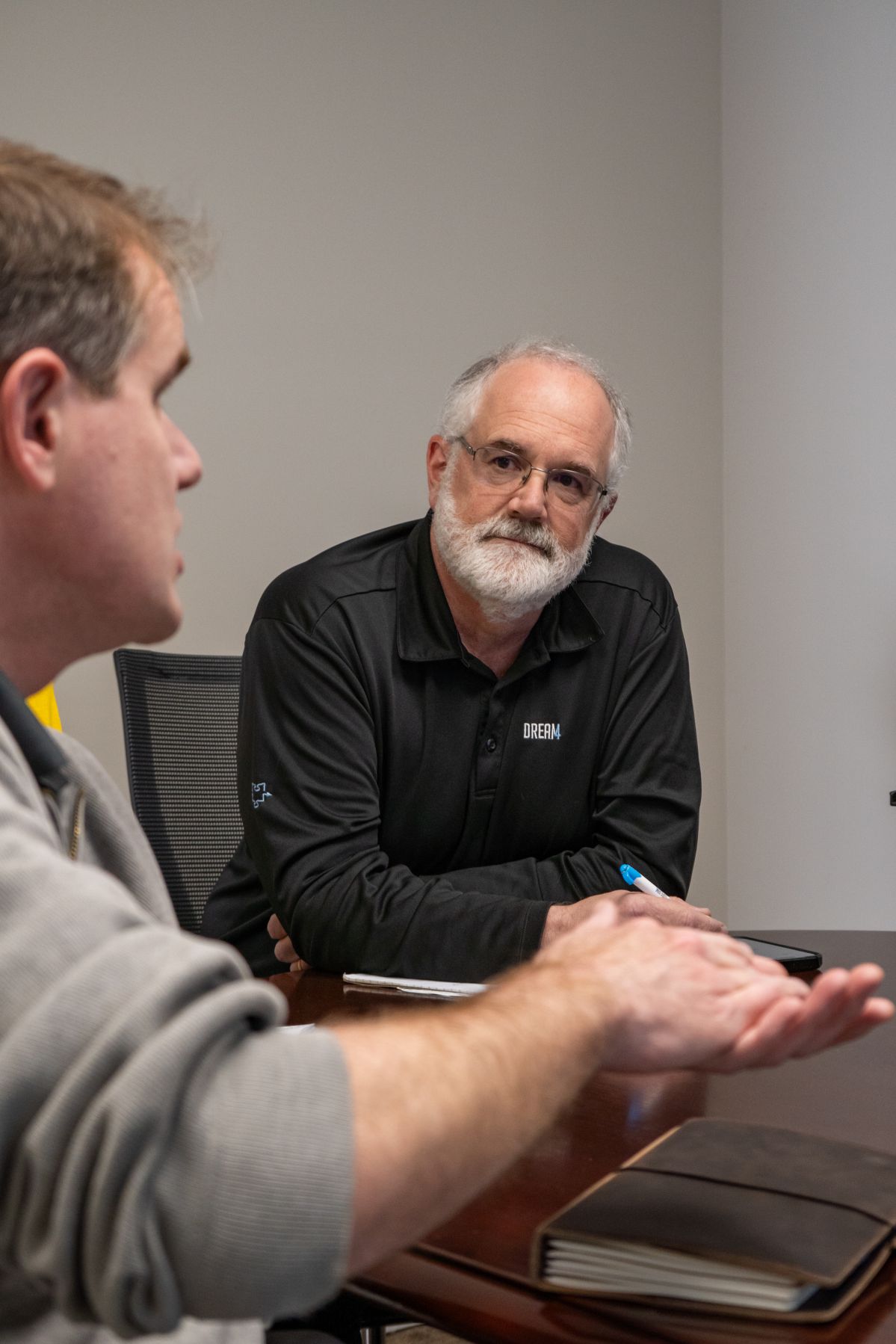How Disengaged Employees Become an Epidemic
Did you know that being disengaged in the workplace in contagious?
It would be fantastic if every team member was excited about and engaged with their work and the company mission. But the reality is, according to a 2020 Gallup poll, only 37% of the workforce is engaged, and 15% are actively disengaged.
So, what exactly is a disengaged employee?

To put it simply, this is someone who doesn’t enjoy their work, leading them to do the bare minimum. Also, disengaged workers are not likely to tell the world how amazing it is to work for the company. They can negatively impact teams, progress, and the company – even intentionally. And we know a team without passion is no team at all.
You can probably think of a person who is disengaged right now. Maybe someone comes to mind who is a drag on productivity and workplace morale.
But how did they get to that point? What led to the team member being disengaged?
According to Gallup, there are a couple of steps BEFORE an employee is “actively disengaged.” They may have started as engaged, shifted to being not engaged, then transitioned to being actively disengaged.
And while some disengaged employees came to the company that way (i.e., they just needed a job), leaders can be the cause of their teams becoming “actively disengaged.”
The first way that leaders can cause their teams to become disengaged is by setting unrealistic or inconsistent expectations. One day the goal or vision is one thing, then it changes the next day drastically; the consequence for not reaching a goal one day is extreme, while it is minimal on another day. This unpredictable leadership style leads to a lack of trust from the team and results in them disconnecting from their work and the company mission. As a leader, if you set clear and realistic goals and expectations, you will empower your team to be better decision-makers.
The second way that leaders can cause members of their team to become disengaged is by showing favoritism. It’s no secret that all personalities don’t mix and that it will be easier to work with some personality types versus others. But, as a leader, when you are inconsistent in how you treat different people on the team, it creates an unfair environment that negatively impacts morale and the company culture. Remember that consistency is crucial in effective leadership. That includes how and for whom you share praise or even critique. This will also help team members feel like a valuable part of the team versus feeling the need to compete for your attention and approval.
The third way that leaders can cause team members to become disengaged is by micromanaging instead of delegating. As a leader, the need to control every task or to micromanage not only leads to leader burn-out, but it has multiple negative impacts on the members of the team. The micromanaged employee not only feels that their leader doesn’t trust them, but they never get the opportunity to take ownership of their role, project, assignments, etc. This leads to a lack of feeling productive and secure. When leaders opt to micromanage versus develop their teams, the outcome is an actively disengaged worker who has lost interest in doing their job effectively.
Lastly, actively disengaged leaders create actively disengaged teams. When leaders are burned out, uninterested in the work, and lack connection with their team, it is highly contagious! Leaders who ignore employees, don’t invest in their team’s growth and development, and fail to create a corporate environment that embraces a balance between personal and professional life, have created the perfect storm for a disengaged workforce.




